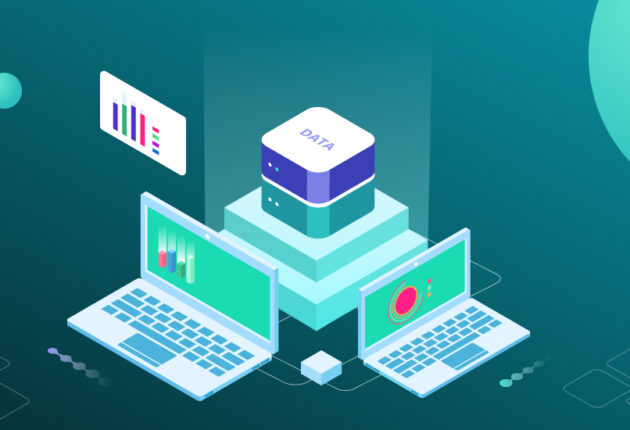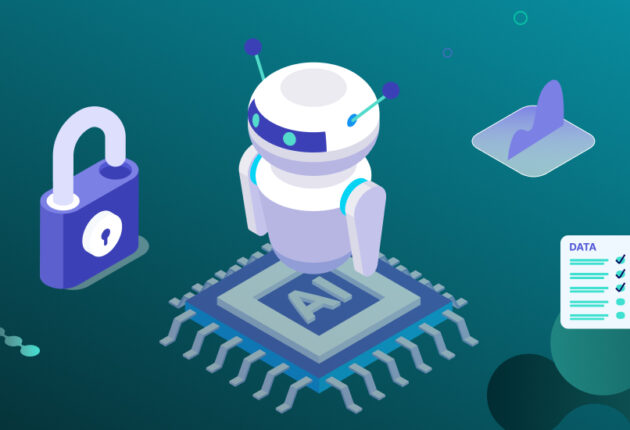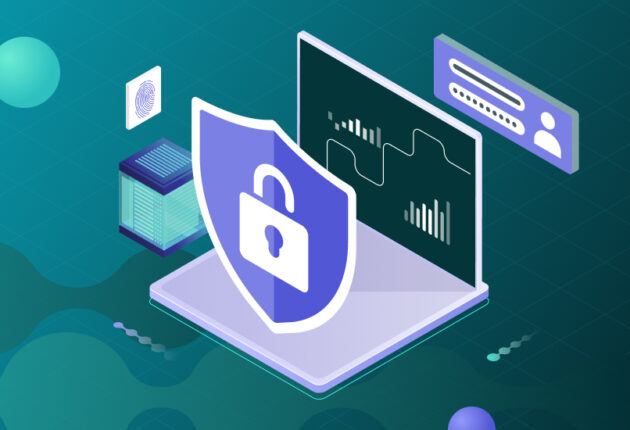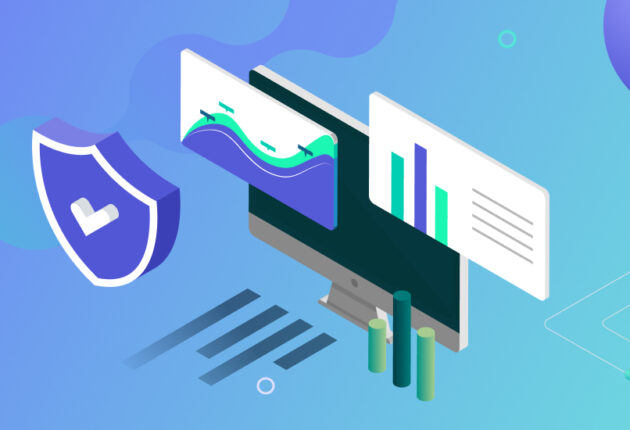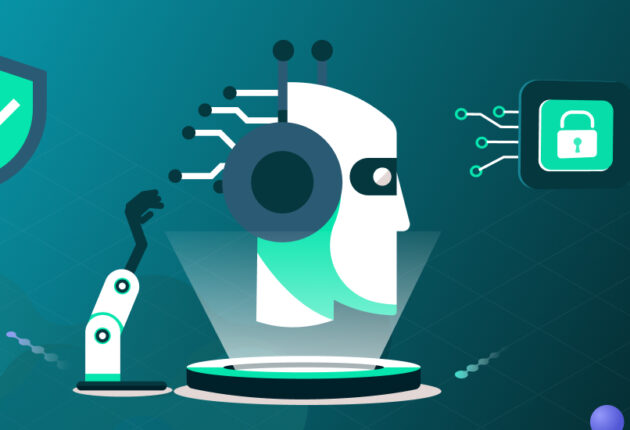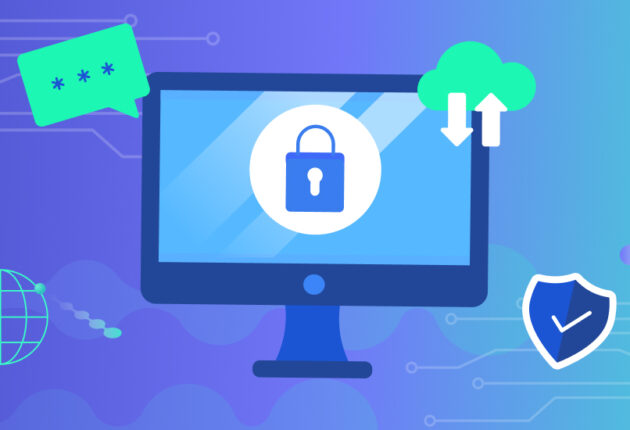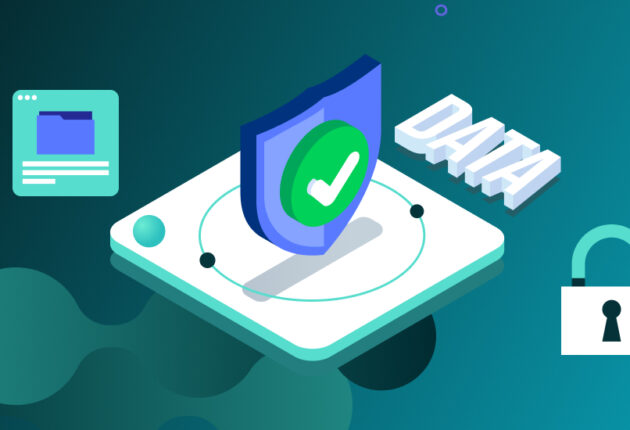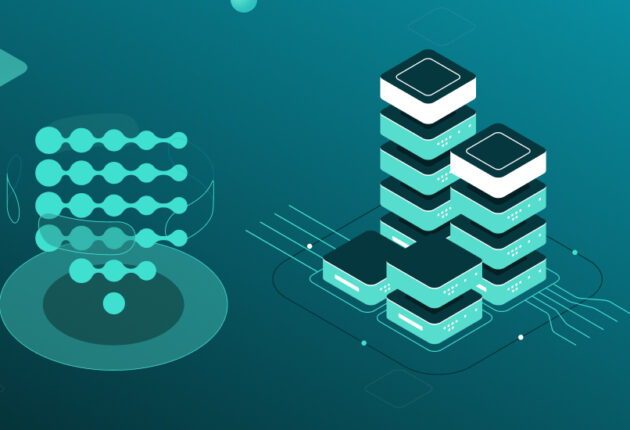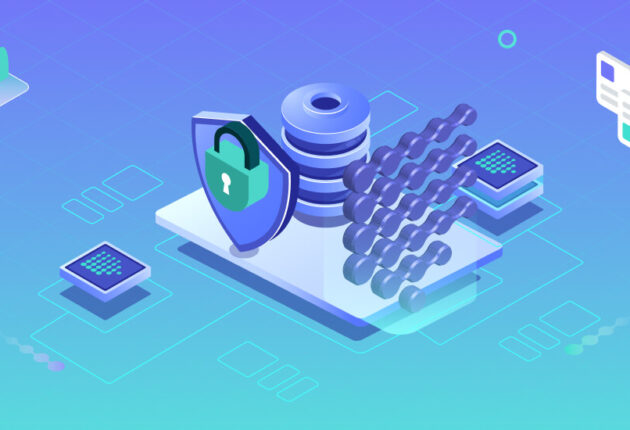As the volume and complexity of data continue to grow exponentially, the need for effective sensitive data management has become a paramount concern. Sensitive data requires more stringent protection measures to safeguard against unauthorized access, data breaches, and potential misuse. Failure to adequately manage sensitive data can have severe consequences, including operational issues, regulatory fines, reputational damage, and erosion of customer trust. As data privacy regulations tighten and consumer awareness of data protection issues increases, organizations must prioritize sensitive data management as a strategic imperative.
In this article:
- Sensitive data
- Strategies for dominating sensitive data management
- The transformative power of Differential Privacy
- Sensitive data management tools: empowering organizations
- Conclusions
Sensitive data
What is sensitive data, and how does it differ from personal data?
Strictly speaking, sensitive data is a special category under GDPR, and it differs from regular personal data. In fact, personal data, or personal identifiable information (PII), refers to any information relating to an identified or identifiable person, such as a name, address, email, ID number, location data, etc.1
Sensitive data is a specific subset of PII that is considered more sensitive in nature. Under GDPR, sensitive data includes information revealing racial or ethnic origin, political opinions, religious or philosophical beliefs, trade union membership, genetic data, biometric data, health data, and data concerning a person’s sex life or sexual orientation.2
While all personal data requires appropriate protection, sensitive data is subject to more stringent requirements and safeguards due to the greater potential for misuse and discrimination.3
For regular personal data, organizations can rely on six lawful bases under Article 6 of GDPR (consent, contract, legal obligation, vital interests, public task, legitimate interests). However, for processing sensitive data, organizations need to identify an additional lawful basis under Article 9 of GDPR, such as explicit consent, legal obligations, protecting vital interests, public interest reasons, etc.4 Explicit consent requires clear affirmative action and more specific information to be provided.
Due to its sensitive nature, higher technical and organizational security measures are expected when handling sensitive data, such as encryption, access controls, data minimization, and strict retention policies.5
In a broader context, sensitive data encompasses a wider range of information than just PII. Such information is also called “sensitive” because it could pose significant risks to individuals, organizations, and society. To summarize, besides PII some common types of sensitive data might also refer to:
- Protected health information (PHI): medical records, test results, and other health-related data that must be safeguarded under regulations like HIPAA.
- Financial data: credit card numbers, bank account details, and other financial information that could enable identity theft or financial fraud.
- Intellectual property: trade secrets, proprietary research, and other confidential business information that provides a competitive advantage.
As we will see below, the risks associated with sensitive data breaches are multifaceted, ranging from financial loss and legal liability to reputational damage and loss of customer trust. Cybercriminals, malicious insiders, and even unintentional human error can all contribute to data breaches, underscoring the need for robust, sensitive data management strategies.
The regulatory landscape: navigating privacy laws and compliance
As data privacy concerns have gained global attention, numerous regulations have emerged to protect individuals’ sensitive information. Organizations must navigate a complex landscape of privacy laws and compliance requirements, including:
- The General Data Protection Regulation (GDPR) sets strict standards for the collection, processing, and protection of personal data, with significant fines for non-compliance.
- The California Consumer Privacy Act (CCPA) grants consumers greater control over their personal information and imposes stringent data protection requirements on businesses.
- The Health Insurance Portability and Accountability Act (HIPAA) mandates the protection of sensitive patient health information and establishes standards for data privacy and security in the healthcare industry.
Failure to comply with these regulations can result in substantial fines and responsibilities, as we will see below. As such, organizations must prioritize sensitive data management as a critical component of their overall compliance strategy.
Mishandling sensitive data in corporate environments
Mishandling sensitive data in corporate environments can have severe consequences, including:
- Financial losses: data breaches can result in significant financial losses for organizations, including regulatory fines, legal fees, and costs associated with incident response, remediation, and customer notification. According to the Ponemon Institute, the average cost of a data breach in 2022 was $4.35 million.6
- Reputational damage: a data breach can severely tarnish an organization’s reputation, eroding customer trust and confidence. This can lead to loss of business, difficulty attracting new customers, and a competitive disadvantage.7
- Business disruption: data breaches can disrupt business operations, leading to productivity losses, system downtime, and potential revenue losses.
- Intellectual property theft: mishandling sensitive data can expose an organization’s trade secrets, proprietary information, and intellectual property, potentially benefiting competitors and undermining the organization’s competitive advantage.8
- Identity theft and fraud: compromised PII and financial data can enable identity theft and fraud, causing significant harm to individuals and further legal and financial consequences for the organization.
- National security risks: in some cases, the mishandling of sensitive data can pose risks to national security, particularly if the data falls into the hands of hostile actors or foreign adversaries.
Furthermore, mishandling sensitive data in corporate environments can have severe legal implications, including:
- Under the GDPR, companies can be fined up to €20 million or 4% of their global annual revenue for non-compliance.9
- HIPAA imposes fines ranging from $100 to $50,000 per violation, with a maximum annual penalty of $1.5 million for repeated violations.10
- The Payment Card Industry Data Security Standard (PCI DSS) can impose fines ranging from $5,000 to $100,000 per month for non-compliance.11
Legal proceedings, regulatory investigations, and the need to implement corrective measures can disrupt an organization’s operations, leading to potential productivity and revenue losses.
To mitigate these operational and legal risks, organizations must implement robust data protection measures, including employee training, access controls, encryption, secure data disposal, continuous monitoring, and incident response plans. Failure to prioritize sensitive data protection can expose organizations to significant legal and financial consequences, as well as long-lasting reputational damage.
Data Peace Of Mind
PVML provides a secure foundation that allows you to push the boundaries.

Strategies for dominating sensitive data management
The protection of sensitive data is not just a technological challenge; it’s a cultural imperative that requires the collective effort of every individual within an organization. Here are some key strategies for organizations to consider:
- Employee training and awareness: while technology plays a crucial role in sensitive data management, human factors cannot be overlooked. Organizations should invest in comprehensive employee training and awareness programs to educate staff on data privacy best practices, security protocols, and the importance of protecting sensitive information. Regular training and reinforcement can help cultivate a culture of data privacy and security within the organization.
- Implementing robust access controls: organizations must implement robust access controls to ensure that only authorized individuals can access and manipulate this information. This includes role-based access controls, multi-factor authentication, and the least privilege principle.
- Robust data discovery and classification: organizations should implement robust data discovery and classification tools to scan their entire data landscape, including structured and unstructured data sources, to locate and categorize sensitive information. This process enables organizations to understand their data footprint and prioritize protection efforts.
- Encryption is a critical component as it renders data unreadable to unauthorized parties, even if it is intercepted or stolen. Organizations should implement strong encryption protocols for data at rest (stored data) and data in transit (data being transmitted), using industry-standard algorithms and key management practices.
- Continuous monitoring and auditing: sensitive data management is an ongoing process that requires continuous monitoring and auditing. Organizations should implement robust logging and auditing mechanisms to track access to sensitive data, detect anomalies or suspicious activities, and facilitate incident response and forensic investigations in the event of a data breach.
The transformative power of differential privacy
What is differential privacy?
Differential privacy has emerged as a powerful technique for protecting individual privacy while enabling the analysis and utilization of sensitive data. Differential privacy is a mathematical framework that introduces controlled noise or randomness into data sets, ensuring that the presence or absence of any individual’s data has a negligible impact on the overall results.
There are several techniques used to achieve differential privacy, including:
- Laplace mechanism: this technique adds noise drawn from a Laplace distribution to the output of a query, ensuring that the presence or absence of any individual’s data has a limited impact on the result.
- Exponential mechanism: this method is used for selecting an output from a set of possible outputs while ensuring that the probability of selecting any output is roughly proportional to its utility or quality.
- Sparse vector technique: this approach is used for releasing numerical data while preserving privacy, by adding noise to the data and then applying a thresholding operation to remove small values.
Benefits of implementing differential privacy techniques for sensitive data management
Differential privacy offers several advantages in the context of sensitive data management:
- Strong privacy guarantees: differential privacy provides rigorous mathematical guarantees about the privacy of individuals in a data set, ensuring that their personal information cannot be easily inferred or re-identified.12
- Resistance to privacy attacks: differential privacy is resistant to various privacy attacks, such as linkage attacks or attacks based on auxiliary information. Unlike traditional de-identification techniques, differential privacy protects against learning whether an individual participated in an analysis, making it more robust against privacy breaches.13
- Utility preservation: while introducing noise to the data, differential privacy techniques aim to preserve the overall utility and accuracy of the data for analysis and decision-making purposes.14
- Regulatory compliance: by providing strong privacy protections, differential privacy can help organizations comply with various data privacy regulations, such as GDPR and CCPA.15
- Trust and transparency: Implementing differential privacy demonstrates an organization’s commitment to privacy and can foster trust among customers, partners, and stakeholders.16
- Future-proof privacy: differential privacy provides a future-proof privacy guarantee that holds regardless of any new or sophisticated methods an attacker may develop or any additional information that becomes available in the future.
Real-life application of differential privacy techniques
Differential privacy techniques are being applied across various domains, including government agencies, technology companies, and research institutions, to enable the analysis of sensitive data while providing robust privacy protection:
- 2020 U.S. Census: the U.S. Census Bureau implemented differential privacy techniques to protect the confidentiality of respondents’ data in the 2020 Decennial Census. This involved injecting calibrated noise into the census data before publication to obscure individual-level information while preserving statistical validity and utility for data analysis.17
- Opportunity Atlas: researchers from Harvard and Brown Universities developed the Opportunity Atlas, a web-based tool that visualizes anonymous data from federal income tax records to study upward income mobility. Differential privacy was used to protect the privacy of individuals in sensitive tax data while enabling analysis of economic trends.18
- Dataverse project: is an open-source research data repository that incorporates differential privacy tools, allowing researchers to share and analyze sensitive data while preserving privacy guarantees.19
- Apple’s differential privacy: Apple has integrated differential privacy into several of its products and services, such as emoji suggestions, lookup hints, and health data analysis. This allows Apple to collect user data for improving its services while providing strong privacy guarantees.20
- Google’s RAPPOR: Google has implemented differential privacy in its RAPPOR (Randomized Aggregatable Privacy-Preserving Ordinal Response) system, which collects user data for analytics while preserving privacy. RAPPOR is used to gather statistics on how people use Google’s products and services without revealing individual user data.21
Differential privacy techniques have also seen increasing adoption in the healthcare sector to enable data sharing and analysis while providing robust privacy protection for patients:
- Analysis of biomedical datasets: differential privacy techniques are being used to enable the analysis of large biomedical datasets containing sensitive patient information, such as genomic data while protecting individual privacy. This allows researchers to gain insights from aggregated data without compromising confidentiality.22
- Precision medicine and genomics research: differential privacy is being leveraged in precision medicine and genomics research to enable the analysis of genetic data from diverse populations. This allows the detection of fine-grained insights and the development of personalized treatments while mitigating privacy risks like linkage attacks that could reveal sensitive clinical phenotypes.23
- Interactive queries on healthcare databases: differential privacy enables an interactive setting where analysts can query non-public healthcare databases, and the responses are injected with calibrated noise to protect patient privacy without compromising data utility.24
- Public release of healthcare statistics: differential privacy allows for the non-interactive public release of healthcare data and statistics by injecting controlled noise into the dataset, enabling analysis while protecting individual-level information.25
Sensitive data management tools: empowering organizations
To effectively implement sensitive data management strategies, organizations can leverage a range of powerful tools and solutions. These tools can automate various processes, enhance security, and provide comprehensive visibility and control over sensitive data. Some examples of sensitive data management tools include:
- Data discovery and classification tools: these tools scan an organization’s data landscape, identifying and classifying sensitive information based on predefined rules and patterns.
- Data loss prevention (DLP) solutions: DLP solutions monitor and control the flow of sensitive data, preventing unauthorized access, transmission, or exfiltration of sensitive information.
- Encryption and key management solutions: These tools provide robust encryption capabilities, ensuring that sensitive data is protected both at rest and in transit while also managing encryption keys securely.
- Access control and privileged access management (PAM) tools: These solutions enable organizations to implement granular access controls, ensuring that only authorized individuals can access sensitive data based on their roles and responsibilities.
- Data masking and anonymization tools: These tools obfuscate or anonymize sensitive data, making them suitable for use in non-production environments, such as testing or development, while preserving data utility.
By leveraging these tools, organizations can streamline their sensitive data management processes, enhance security, and maintain compliance with relevant regulations and industry standards.
Conclusions
As the digital landscape continues to evolve, sensitive data management will remain a critical priority for organizations. Several trends and predictions are shaping the future of this domain, including increased regulatory scrutiny, the adoption of privacy-enhancing techniques, the integration of AI and machine learning, and, finally, increased collaboration and information sharing.
As we have discussed in this article, effective sensitive data management has become a strategic imperative across industries. By implementing robust strategies, leveraging cutting-edge technologies like differential privacy, and fostering a culture of data privacy and security, organizations can navigate the complex landscape of data protection regulations, mitigate risks, and unlock the full potential of their sensitive data assets.
We tend to see sensitive data management as an ongoing journey that requires continuous vigilance, adaptation, and commitment. Prioritizing this critical aspect of data governance while applying differential privacy techniques and other privacy technologies will enable organizations to safeguard sensitive information, maintain customer trust, and position themselves for long-term success in the digital age.
2 BPE, “What is Classified as Sensitive Personal Data?,” BPE, https://www.bpe.co.uk/for-business/regulatory/data-protection/brilliantly-simple-guide-to-the-gdpr/what-is-classed-as-sensitive-personal-data/
3 Luke Irwin, “Personal Data vs Sensitive Data; What’s the Difference?,” 14 March 2023, It Governance, https://www.itgovernance.co.uk/blog/the-gdpr-do-you-know-the-difference-between-personal-data-and-sensitive-data
4 See Note 2
5 See Note 3
6 Yevhen Zhurer, “10 Data Security Best Practices,” 9 April 204, Ekran, https://www.ekransystem.com/en/blog/data-security-best-practices
7 Lisa Donchack et Al, “The consumer data opportunity,” 27 April 2020, Mckinsey, https://www.mckinsey.com/capabilities/risk-and-resilience/our-insights/the-consumer-data-opportunity-and-the-privacy-imperative
8 Proofpoint, “What is a data leak?,” https://www.proofpoint.com/uk/threat-reference/data-leak
9 See note 6
10 PDTN, “The importance of training employees on PDP,” 1 November 2023, https://pdtn.org/employee-training-on-personal-data-protection/
11 See Note 6
12 Heather Devane, “Understanding Differential Privacy,” 5 April 2023, Immuta, https://www.immuta.com/blog/understanding-differential-data-privacy/
13 https://admindatahandbook.mit.edu/book/v1.0/diffpriv.html
14 See Note 12
15 See Note 12
16 See Note 12
17 See Note 13
18 See Note 13
19 See Note 13
20 Josh Lake, “What is Differential Privacy?,” 15 May 2020, Comparitech, https://www.comparitech.com/blog/vpn-privacy/differential-privacy/
21 Yuval Harness, “What is Differential Privacy?,” 9 September 2022, Duality, https://dualitytech.com/blog/what-is-differential-privacy/
22 Openmined, “Use cases of differential privacy,” 30 April 2020, Openmined.org, https://blog.openmined.org/use-cases-of-differential-privacy/
23 https://www.sciencedirect.com/science/article/pii/S2666389921002282
24 Rishab Subramanian, “Applications of differential privacy to healthcare,” 1 January 2022, https://papers.ssrn.com/sol3/papers.cfm?abstract_id=4005908
25 See note 24

